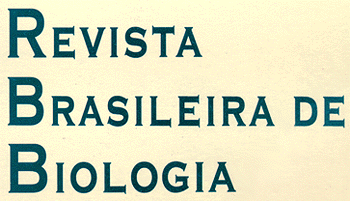We studied flight distance and directionality of bee pollinators on the tropical shrub weed Triumfetta semitriloba Jacq. (Tiliaceae), addressing (1) within- and between-plant movement pattern; (2) distances flown between plants; (3) flight directionality. Flowering plants were distributed in well-delimited clumps, in each of two pasture areas (A1 and A2) and one area of forest gap (A3), in Viçosa, southeastern Brazil. Five solitary bee species, Augochlorella michaelis, Augochloropsis cupreola, Pseudocentron paulistana, Ceratinula sp., Melissodes sexcincta, and two social bee, Plebeia droryana, P. cf. nigriceps were observed. All species moved mainly to the nearest flower on the same individual plant and, in between-plant movements, to the first or second nearest neighbor. All species moved non-randomly, presenting a flight directionality in departures (maintenance of flight direction), but with a high frequency of turn angles. It is suggested that this foraging behavior pattern occurred because of the resource quantity and quality (pollen or nectar), and environmental characteristics such as flower density and resource distribution.
foraging behaviour; directionality; pollination; flight distance; solitary bees

 Foraging behavior of bee pollinators on the tropical weed Triumfetta semitriloba: flight distance and directionality
Foraging behavior of bee pollinators on the tropical weed Triumfetta semitriloba: flight distance and directionality




